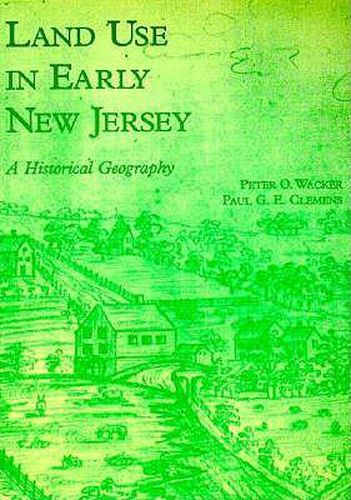Readings Newsletter
Become a Readings Member to make your shopping experience even easier.
Sign in or sign up for free!
You’re not far away from qualifying for FREE standard shipping within Australia
You’ve qualified for FREE standard shipping within Australia
The cart is loading…






Wacker and Clemens assemble a wealth of informnation that traces spatial and temporal patterns of agriculture in this very diverse state. Diaries, probate and tax records, store ledgers, and other sources detail cultural and economic factors that interacted with the natural landscape to produce complex patterns of land use. While perhaps of greatest interest to historians and historical geographers interested in teasing out the role of markets in shaping agriculture systems, this book will also informanyone who wants to gain a more nuanced and intimate understanding of life in this region in the eighteenth and early nineteenth centuries. Moreover, the copious documentation in the maps and tabular summaries makes this a unique and valuable source in itself.
–Emily W.B. Russell, Department of Geological Sciences, Rutgers University-Newark
$9.00 standard shipping within Australia
FREE standard shipping within Australia for orders over $100.00
Express & International shipping calculated at checkout
Wacker and Clemens assemble a wealth of informnation that traces spatial and temporal patterns of agriculture in this very diverse state. Diaries, probate and tax records, store ledgers, and other sources detail cultural and economic factors that interacted with the natural landscape to produce complex patterns of land use. While perhaps of greatest interest to historians and historical geographers interested in teasing out the role of markets in shaping agriculture systems, this book will also informanyone who wants to gain a more nuanced and intimate understanding of life in this region in the eighteenth and early nineteenth centuries. Moreover, the copious documentation in the maps and tabular summaries makes this a unique and valuable source in itself.
–Emily W.B. Russell, Department of Geological Sciences, Rutgers University-Newark